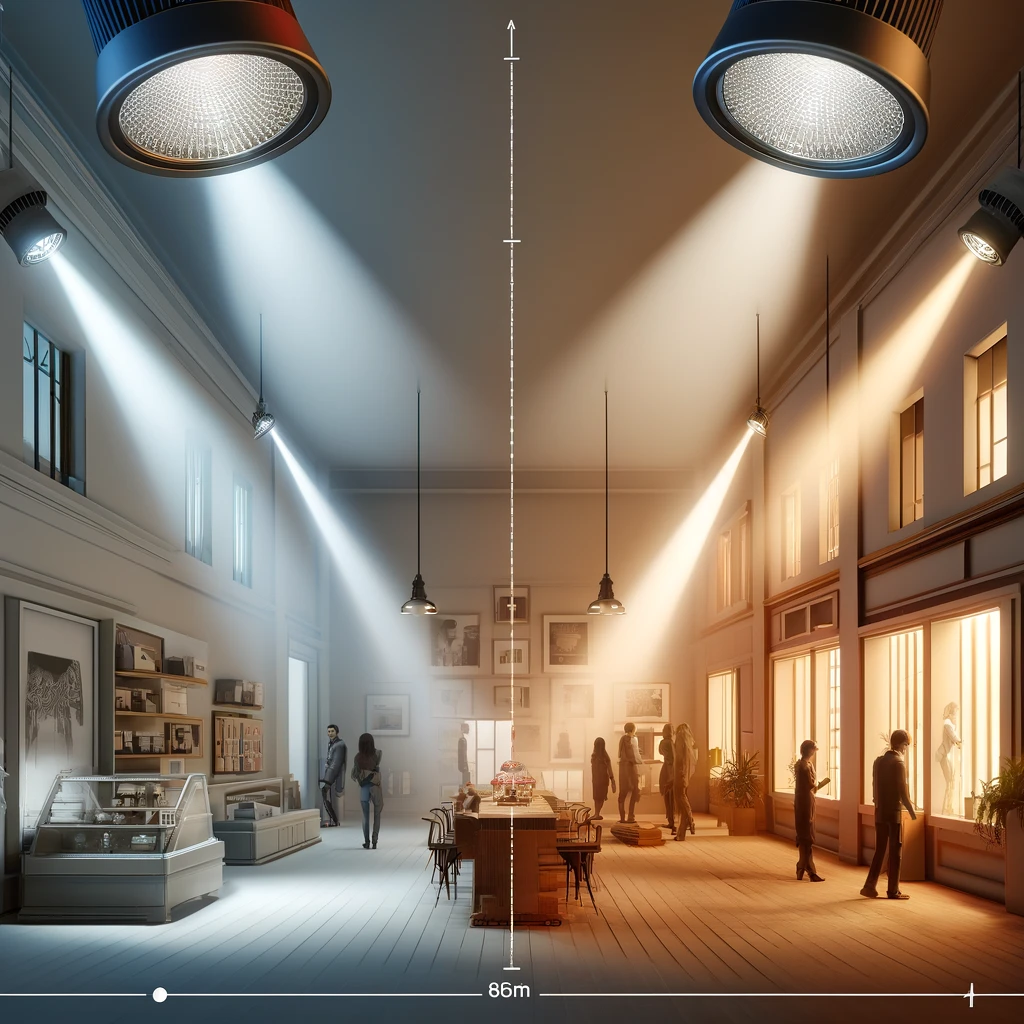Recent Posts
-
Linear Magnetic Track Light | Expert Guide
Explore the benefits and applications of linear magnetic track lights. Learn from industry experts about the design, flexibility, and efficiency of linear magnetic track lighting systems.
05/18/2024
-
Lighting Trade Shows 2024 | Expert Guide
Discover the top lighting trade shows in 2024. Learn from industry experts about the must-attend events for the latest trends, innovations, and networking opportunities in lighting.
05/17/2024
-
Modern Magnetic Track Lighting | Expert Guide
Explore the benefits and applications of modern magnetic track lighting. Learn from industry experts about the design, flexibility, and efficiency of magnetic track lighting systems.
05/17/2024
-
How Many Lumens is 80 Watts? | Expert Guide
Understand how many lumens 80 watts produce and the impact on lighting efficiency. Learn from industry experts about lumens and wattage conversion, LED lighting advantages, and optimal lighting choices.
05/14/2024
-
What Does Lumens Mean? | Expert Lighting Guide
Understand what lumens mean and how they impact lighting efficiency. Learn from industry experts about lumens, lighting metrics, and optimal lighting choices.
05/14/2024
-
Surface Mount Downlight LED: A Comprehensive Guide
Explore the benefits, applications, and features of surface mount downlight LEDs, designed for modern lighting needs across diverse environments.
05/13/2024
Understanding Beam Angle in LED Lights
Understanding Beam Angle in LED Lights
As an expert in the lighting industry, I often address questions about the technical specifications that influence LED lighting performance. One of the most critical aspects to consider when selecting an LED light is its beam angle. This article provides an in-depth look at what beam angle is and why it is essential in both commercial and residential lighting applications.
What is Beam Angle?
The beam angle of an LED light is the angle at which light is distributed or spread away from the light source. Measured in degrees, the beam angle determines how wide or narrow the light is cast. A smaller beam angle produces a focused beam of light, ideal for spotlighting or task lighting. Conversely, a larger beam angle spreads light over a broader area, which is better for general ambient lighting.
Significance of Beam Angle in Lighting Design
Understanding the beam angle is crucial for effective lighting design:
Task Lighting: For tasks requiring concentration and detail, such as reading or cooking, a narrower beam angle (typically 15° to 40°) focuses light precisely where it's needed, enhancing visibility and performance.
Accent Lighting: Highlighting artwork, architectural features, or wall washing can be achieved with a beam angle of 25° to 45°, which directs the light to illuminate these features without spill-over.
General Ambient Lighting: To light up a room with a soft, even spread of light, a wider beam angle (above 60°) is necessary. It provides sufficient illumination for general activities and creates a welcoming atmosphere.
Choosing the Right Beam Angle
Selecting the correct beam angle depends on the function of the light within the space:
Consider the Room’s Size and Height: Larger rooms and higher ceilings may require lights with wider beam angles to ensure the light adequately fills the space.
Desired Lighting Effect: Decide if the lighting should serve as a focal point or blend into the background. Narrower beams draw attention, while wider beams create uniform lighting levels.
Combine Different Beam Angles: In complex environments, integrating multiple beam angles can address diverse lighting needs, enhancing both functionality and aesthetic appeal.
Conclusion
The choice of beam angle in LED lights can dramatically affect the functionality and mood of a space. Whether it's creating ambiance, highlighting specific objects, or focusing light for tasks, understanding and utilizing the appropriate beam angle is key to achieving optimal lighting solutions.

